When businesses face evolving project demands, fluctuating workloads, or a shortage of in-house expertise, deciding between staff augmentation and managed services can be critical to success. Both models offer distinct advantages but cater to different needs. Understanding their key differences can help businesses make informed decisions that maximize efficiency, reduce costs, and ensure timely project delivery.
In this blog, we'll explore the core concepts of staff augmentation and managed services, their unique benefits, and how to determine which model best fits your organization's needs. Whether you're a growing business looking for flexible staffing solutions or a larger enterprise seeking end-to-end management for critical functions, this comparison will offer valuable insights to help you choose the most effective solution.
Discover which of these two models aligns better with your strategic goals and operational structure.
.jpg)
What is Staff Augmentation?
Staff Augmentation is a model in which a company hires external professionals to temporarily fill skill gaps within its existing teams. The external staff works alongside the in-house team, usually on a project-by-project basis, without any long-term commitment to full-time hiring.
Benefits of Staff Augmentation:
- Flexibility: Companies can quickly scale their workforce up or down based on project demands.
- Access to Specialized Skills: Staff augmentation allows companies to bring in niche skills or expertise that might not be available in-house.
- Cost-Effective: This model avoids long-term hiring costs, such as employee benefits and overheads, while still getting high-quality talent.
- Full Control: Organizations retain control over the project and how augmented staff are managed.
Ideal Use Cases:
- When a project requires temporary skills that your team lacks.
- For short-term projects with fluctuating workloads.
- When you need to quickly scale development without the delay of hiring full-time employees.
What is Managed Services?
Managed Services is a model in which an external service provider takes full ownership of a specific function or project. The service provider manages, executes, and is responsible for delivering outcomes, while the business monitors performance based on agreed-upon service levels (SLAs).
Benefits of Managed Services:
- End-to-End Management: The provider handles everything from planning to execution, freeing up internal teams to focus on core business activities.
- Predictable Costs: Managed services are typically based on a fixed monthly fee, making budgeting more predictable.
- Expertise and Efficiency: Managed service providers (MSPs) are usually specialists in their domain, offering deep expertise and efficiency improvements.
- Scalability: The provider can adjust resources and tools as the project evolves, ensuring consistent service delivery.
Ideal Use Cases:
- When a company lacks the internal expertise to manage certain IT functions (e.g., cybersecurity, infrastructure management).
- For long-term, ongoing projects where continuous service is required.
- When your business prefers to outsource specific tasks for more efficiency.
Which Model Fits Your Business?
Choose Staff Augmentation if:
- You must supplement your team with specific skills for a short-term project.
- Your internal team can manage the project but needs extra hands to meet deadlines.
- You prefer maintaining full control over the project while adding external expertise.
Choose Managed Services if:
- You want to offload the management and execution of a project or function to an expert.
- Your company lacks the bandwidth or expertise to manage certain functions effectively.
- You want a predictable cost structure and continuous service over the long term.
.jpg)
Staff augmentation can be better than managed services in certain scenarios, depending on the organization's specific needs. Here are several reasons why businesses might prefer staff augmentation:
1. Flexibility and Scalability:
- Tailored Resources: With staff augmentation, businesses can add specialized personnel for short-term projects or specific needs, making it ideal for temporary skill shortages or fluctuating workloads.
- Easier Adjustment: Companies can quickly scale the team up or down based on demand, without the long-term commitment required by managed services.
2. Direct Control:
- Hands-on Management: Unlike managed services, where the service provider takes full control of the deliverables, staff augmentation allows companies to maintain control over the project and manage the augmented staff directly.
- Cultural Fit: Augmented staff work alongside the in-house team, making it easier to integrate them into the company's culture and processes.
3. Cost Efficiency:
- Cost-effective Staffing: Staff augmentation often proves more cost-effective in the short term since companies only pay for the expertise they need. It eliminates the overhead costs associated with hiring full-time employees or paying for a complete managed services package.
- No Long-term Commitment: Companies can bring in experts for specific projects without the ongoing fees typically associated with managed services contracts.
4. Specialized Expertise:
- On-demand Skills: Staff augmentation allows companies to fill skill gaps with highly specialized professionals for niche tasks without committing to long-term contracts.
- Focused Expertise: If a company only needs expertise for a particular aspect of a project, staff augmentation allows for bringing in that exact skill set, whereas managed services might cover broader areas.
5. Faster Onboarding:
- Immediate Availability: Staff augmentation allows companies to quickly hire skilled professionals, reducing the time spent on lengthy hiring processes. This is especially beneficial when deadlines are tight and expertise is needed urgently.
- Less Training Required: Augmented staff are often pre-vetted and come with the specific expertise needed for the project, reducing the training and onboarding time.
Conclusion:
Staff augmentation is ideal for companies that want control over project execution and quick access to specialized skills without long-term commitments. It works best when a company needs to bolster its team for a specific project or task without delegating full control to an external service provider. Conversely, managed services may be a better fit for businesses that need comprehensive, ongoing management of certain operations. However, staff augmentation often comes out ahead for flexibility, control, and cost-effectiveness in short-term scenarios.






















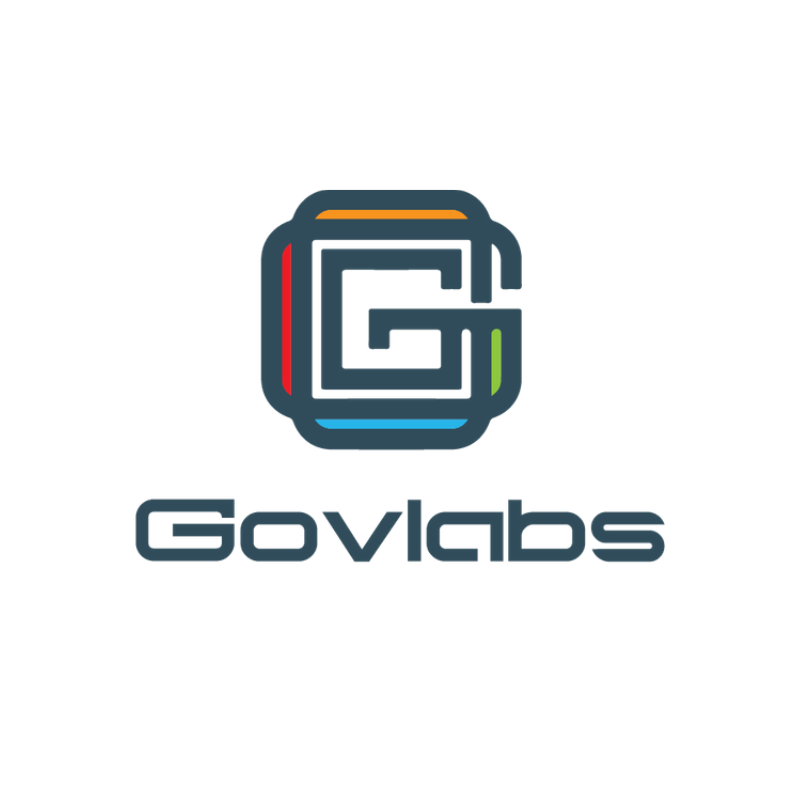






.jpg)
.jpg)




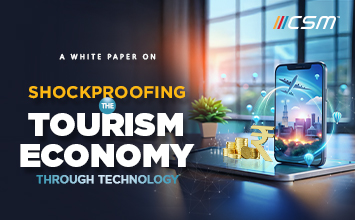

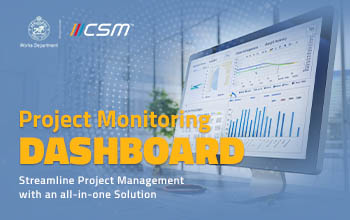




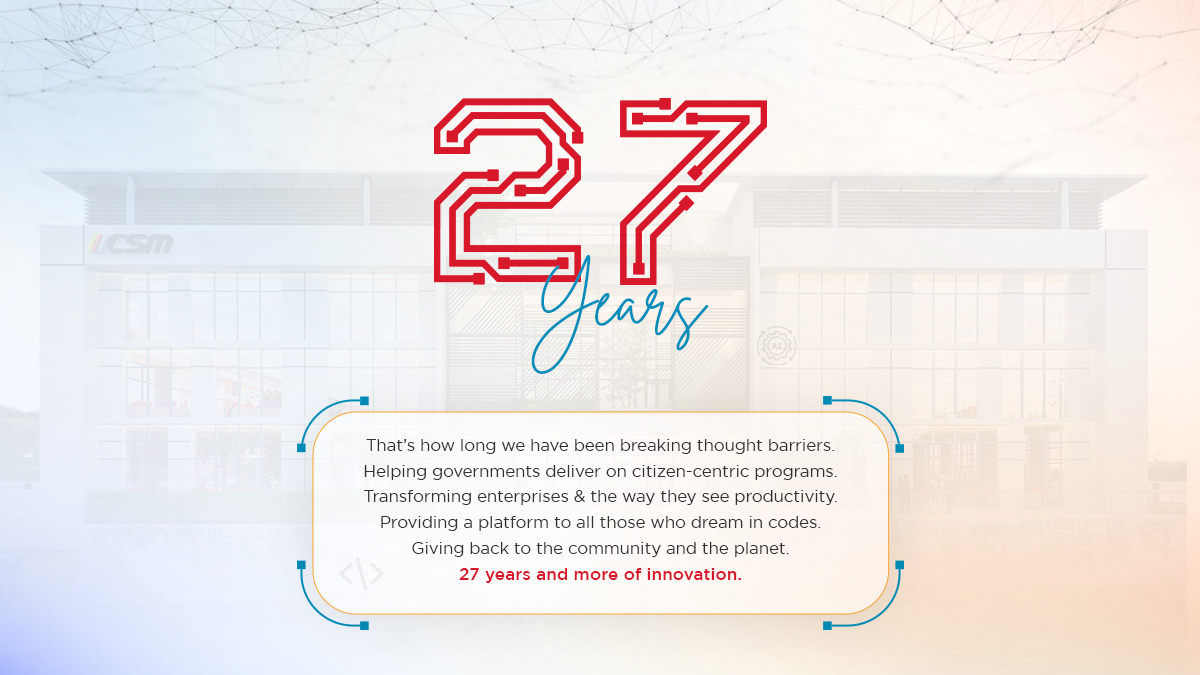














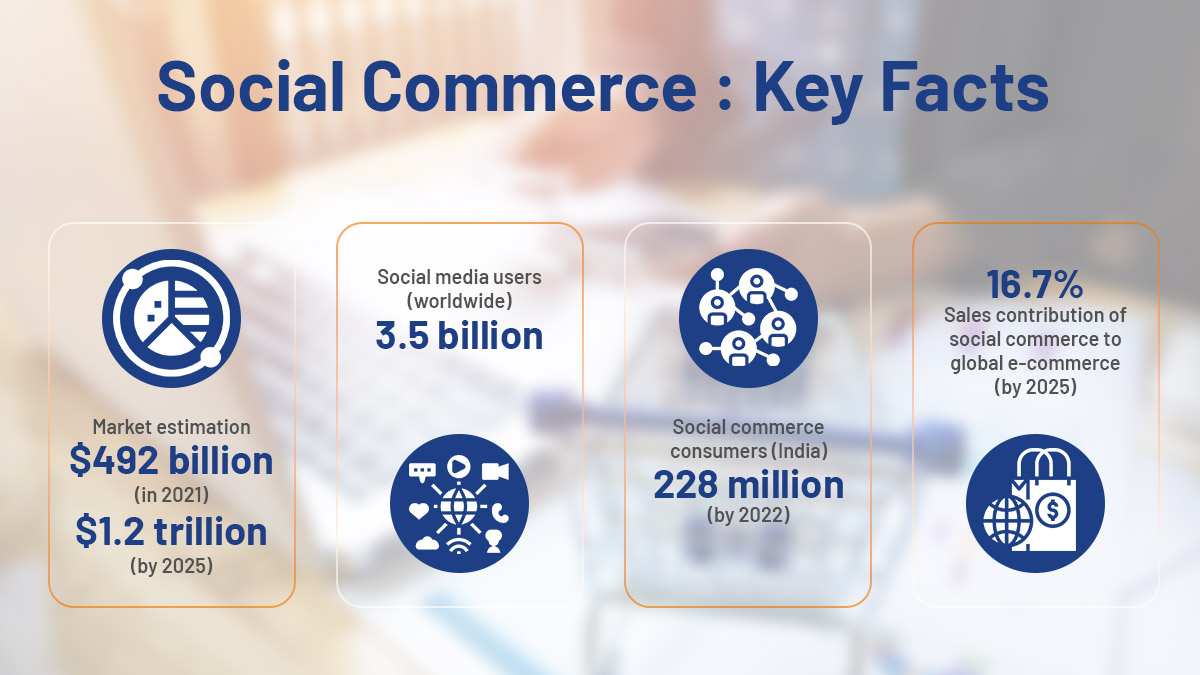


We will verify and publish your comment soon.